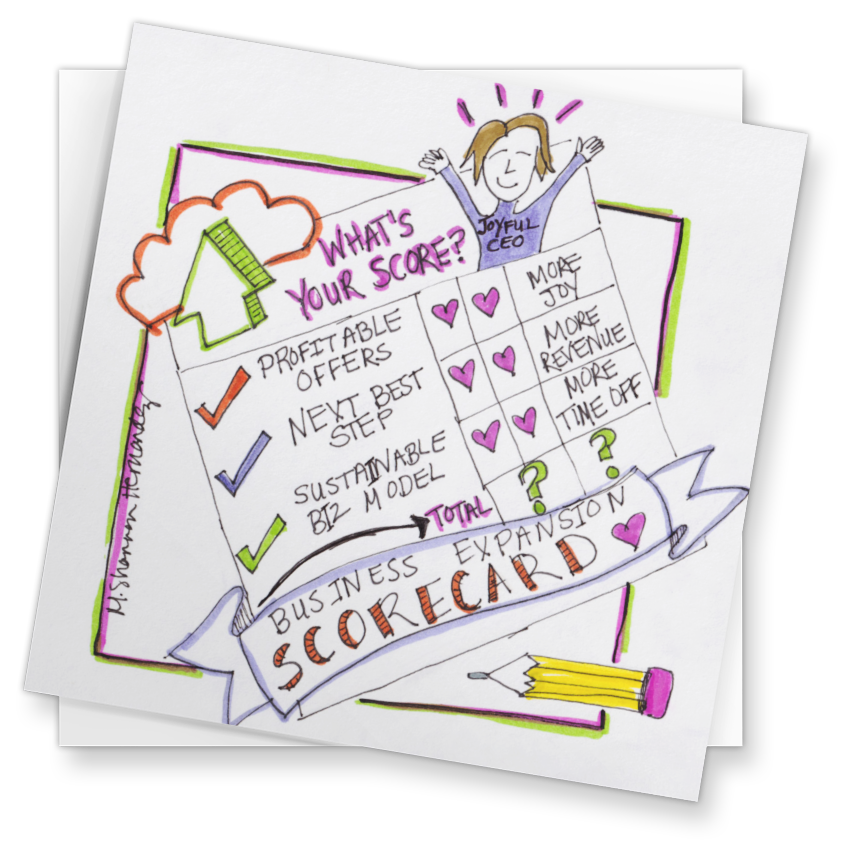
Isn’t this image just stunning? What you are looking at is one of the breathtaking rooms in the main branch of the New York Public Library (NYPL). This room is called The Rose Reading Room, and it actually stretches across the whole top floor of the library – which is an entire avenue in length! If you ever get a chance to come to NYC, and you haven’t been to the NYPL on 42nd Street in Manhattan, it must be added to your next trip itinerary. {Be sure to call me, and I will give you The Writing Whisperer tour!}
I wrote a grant last fall for the opportunity to attend a one day writing workshop with editors from The New Yorker. When I received the news that I had been chosen along with 14 other writers for the mid-February workshop, I was beyond excited and so grateful! The day was filled with beautiful surroundings, shared wisdom, insight into the writing process, and time to reflect on my own writing habits.
Do you often feel as if you are spinning your wheels when it comes to writing? Maybe you have words on paper, but you can’t seem to move forward with additional content. Or maybe you are so worried about the grammar and spelling and choosing the right word that you become paralyzed in the process. This is not a new occurrence, and it is one which all writers face.
The problem may lie in the fact that you are confusing the roles of the writer and the editor. I’d like to offer you some tips today to keep the two phases in the creative process separated. This will help you to keep moving forward in your writing projects!
The Writer vs. The Editor
Writers create, using the right side of the brain.
Editors analyze, utilizing the left side of the brain.
- Tip: When you write, write. Keep that right side engaged in the creative process.
Writers work extremely hard to ensure that the words fit into our worldview, keeping our mind on the intended audience at all times.
Editors focus on the author’s words and make sure it fits into the context of the publishing medium (magazine, newspaper, book, etc.).
- Tip: When you write, write. Remember why you are writing that particular piece and the characteristics of your audience.
Writers do not get hung up on specific dates, locations, and word choices during the drafting process.
An editor’s job is to fill in the missing details and gaps the writer has left in the piece.
- Tip: When you write, write. If you are missing that perfect word, or that important historical piece of information or research, simply write (tk) and keep writing.
Example: It was a frigid yet sunny afternoon when the war broke out on (tk).
In this example, you, as the writer, would need to look up some sort of historical detail. This is not done during the writing phase. Placing a (tk), which in the editing world means, details to come, allows you to continue writing and reminds you to come back to that particular sentence later, during editing.
Writers write initial drafts without too many rules in mind. They simply vomit the words onto the paper, continuing to write as the ideas flow. They do not get hung up on spelling, paragraphing, dialogue rules, page lengths, word choices, etc.
Editors cut, slice, revise, format, and check for spelling and grammatical issues.
- Tip: When you write, write. Let the ideas pour onto the paper – it really doesn’t matter how the writing looks during this part of the process!
As writers, we also must assume the role of editor too. My hope is that after reading this article, you now know how to separate the two very different processes, so that you can move forward in your writing projects.

